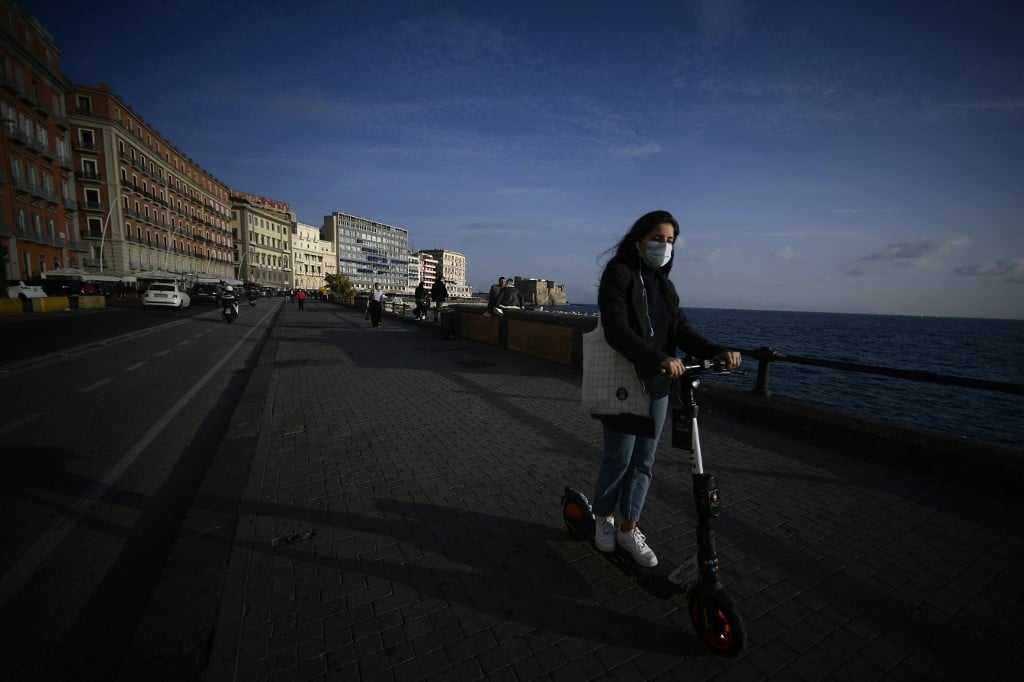The B.1.525 variant was detected in a person who had recently returned from a trip to a country in Africa, the Campania region announced on Tuesday.
It is the first time the strain has been found in Italy, after it was first identified in the UK and Nigeria in December. Since then around 130 cases have been confirmed worldwide, including in Denmark, the US, Canada, France, Australia, Spain and a few other countries.
READ ALSO: Italian health experts call for 'urgent' lockdown amid growing concern about variants
Researchers say it has similarities to other variants that were first spotted in England, Brazil and South Africa and have since been found in countries around the world, including Italy.
While those three variants are believed to be more contagious and more resistant to certain vaccines, it is not yet known what risk the B.1.525 strain poses.
“There is currently no evidence that this set of mutations causes more severe illness or increased transmissibility,” according to a statement by the public health authority in England, where the strain is classified as a “variant under investigation”.
The more prevalent strain identified in the UK, B.1.1.7, now makes up 17.8 percent of new Covid-19 cases in Italy on average, estimates top Italian health agency the ISS.
More than 500 cases have been publicly reported in Italy to date, mainly in Abruzzo and Lombardy.
MAPS: Where are the new Covid-19 variants spreading in Italy?
Around 20 cases of the Brazilian variant have been confirmed, mostly in Umbria, while at least two cases of the South African strain are known so far.
The committee of experts that advises Italy's government has called for tougher lockdown measures to “contain and slow” the spread of variants, with several prominent virologists saying current restrictions were not effective against the new strains.
Several towns and provinces where the variants have been detected have declared local lockdowns in a bid to stop them spreading further.



 Please whitelist us to continue reading.
Please whitelist us to continue reading.
There will always be new variants…